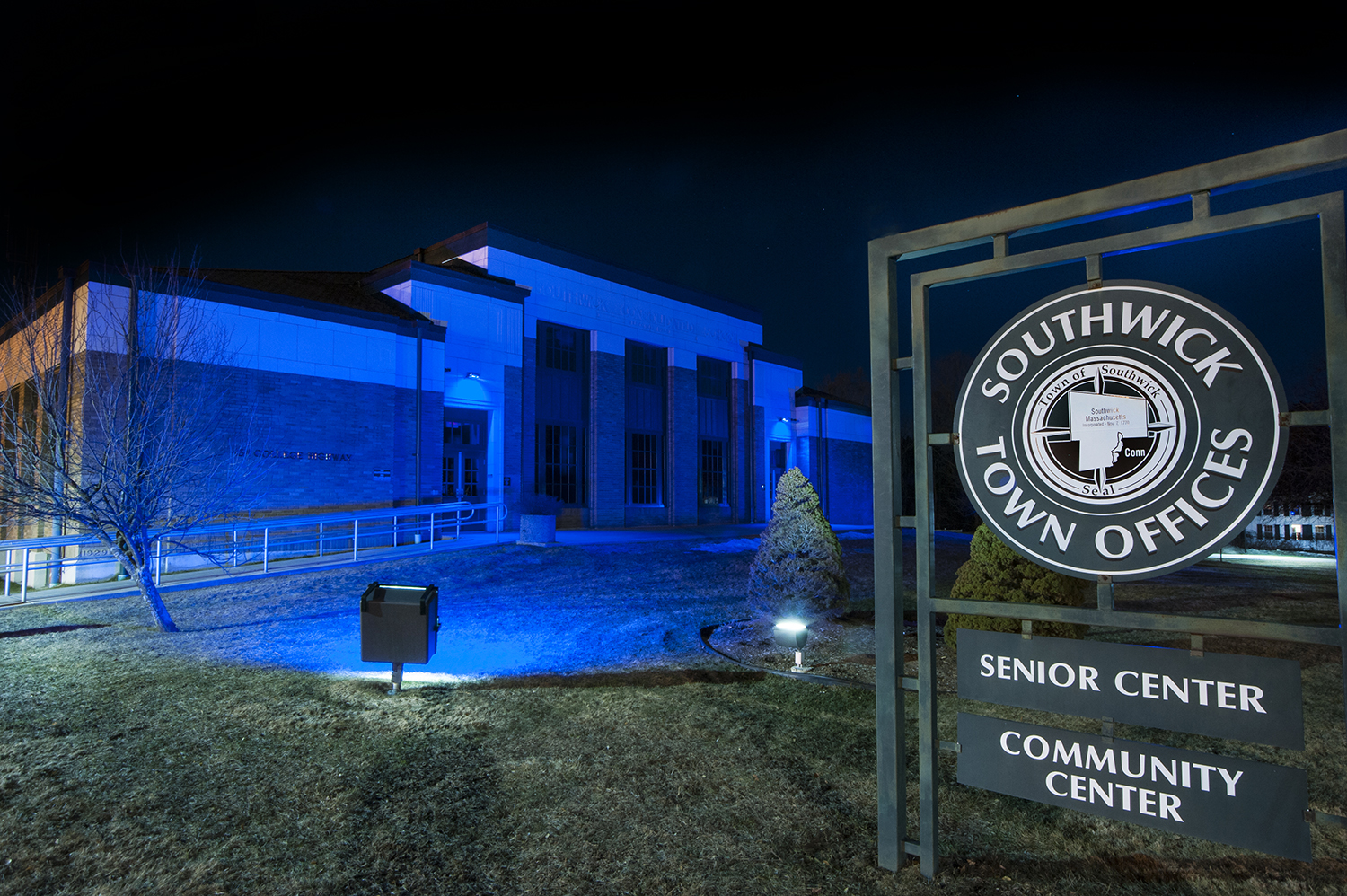SPRINGFIELD – Marty Baillargeon of Southwick, who cares for her autistic grandson, Nathan, 11, has a message of “acceptance” during Autism Awareness Month held each year in April.
“We need to be more accepting in our thinking. If you see a child acting out in public, don’t assume he or she is misbehaving or a problem child. That youngsters may very well be autistic,” said Baillargeon.
According to the Centers for Disease Control and Prevention (CDC), the prevalence of autism has risen to 1 in every 68 births in the United States based on their 2014 report – that is nearly twice as great as the 2004 rate of 1 in 125.
What is causing the big jump in autism cases?
“We are definitely seeing more people than ever before being diagnosed with autism, and some are calling it an epidemic. When I was training in child psychiatry, we considered autism to be relatively rare, about 4 to 5 cases per 10,000 children,” said Dr. Bruce Waslick of Baystate Child Behavioral Health at Baystate Medical Center.
He noted the reasons for the increase in prevalence are complex.
“Certainly there has been an increase in awareness of the disorder, and children with autism are more likely to be identified and referred for evaluation and services now than ever before. There are more practitioners in the mental health, medical and educational fields that have been trained to recognize and diagnose autism, even in young children. Although other environmental and genetic factors probably are involved in the development of the disorder, it is not clear at this point how these factors would change in such a short time to lead to this striking increase in prevalence,” said
Dr. Waslick.
Autism spectrum disorder (ASD) is a set of complex developmental disorders, for which there is no cure, that include autistic disorder, Asperger syndrome, and pervasive developmental disorder not otherwise specified (PDD-NOS). Symptoms typically appear in the first three years of life and are characterized by atypical development in socialization, communication, and behavior. Symptoms can manifest in a variety of ways including delayed speech or language development, cognitive problems, social interaction problems, stereotypical behaviors such as hand flapping, lack of interest in
one’s environment, and profound sensory issues such as sensitivity to sound or touch.
A quarter century ago, the Autism Society launched a nationwide effort known as “Autism Awareness Month” to promote autism awareness, inclusion and self-determination for all, and to assure that each person with autism spectrum disorder (ASD) is provided the opportunity to achieve the highest possible quality of life. Now, similar to Baillargeon’s message, as the Autism Society celebrates 50 years of support for all individuals living with autism and their families, their additional focus this year is to help ensure acceptance and inclusion in schools and communities that result in a society where those with ASD are truly appreciated.
“A youngster with autism spectrum disorder is a child first and is as much in need of community acceptance as any other child,” said Dr. Waslick. “It takes a village to raise a child, whether typically developing or atypically developing with a disability like autism. Parents and family members support their child with autism, but his or her need for community support is incredibly important as well.”
With so much talk in the media today about autism, it is common for parents to worry about any unusual behavioral or developmental signs their child might be exhibiting, noted Dr. Waslick.
“Parents are usually the first to notice any of these unusual signs, such as not making eye contact, verbal difficulty, not answering when their name is called, lack of social interaction, and odd physical behaviors like rocking or walking on their toes,” said Dr. Waslick. “The most important thing a parent can do if they have concerns about their child’s development is to discuss their concerns with a qualified professional, and usually the best starting place is their child’s primary care provider.”
The earlier a diagnosis, the better the chances of improved outcomes.
“Early recognition of autism is key so that children can get early intervention services. The research suggesting that early intervention leads to better outcomes is impressive,” said Dr. Waslick.
“You need to find the right doctor, the right therapist, the right school, then fight for all of them,” said Baillargeon.
While there is presently no cure for autism or medical interventions, which treat the disorder’s core symptoms of social impairment, communication deficits or developmental delays, some medications can help with associated symptoms such as sleep disturbance, anxiety, hyperactivity, inattention, mood swings, aggression, and agitation. These medications should be prescribed only by individuals qualified in the
assessment and treatment of autism spectrum disorders.
For more information on Child Behavioral Health at Baystate Medical Center, visit www.baystatehealth.org and click on the Behavioral Health tab under Services.


